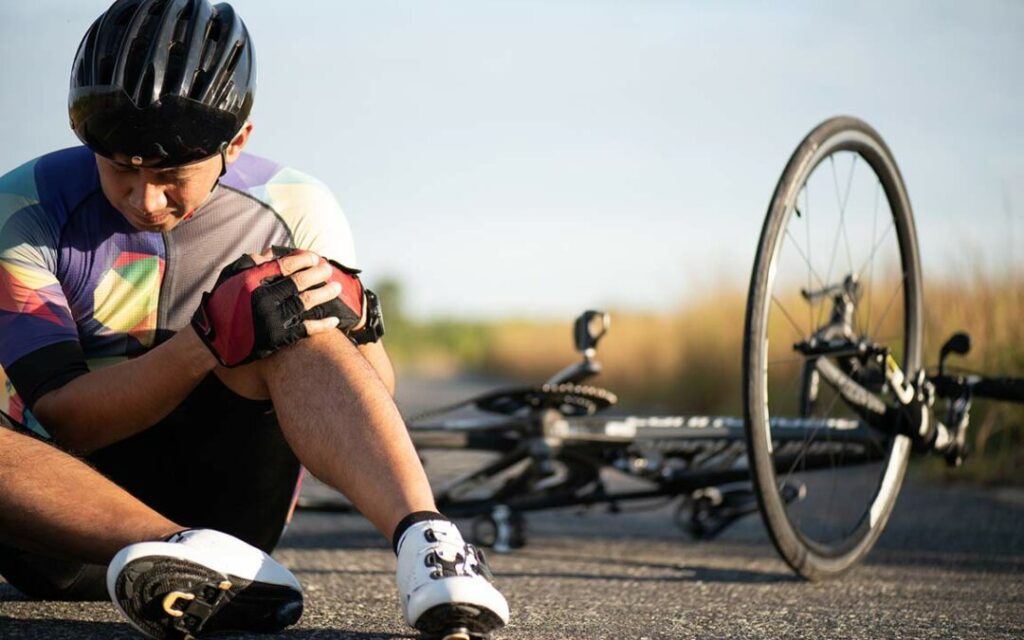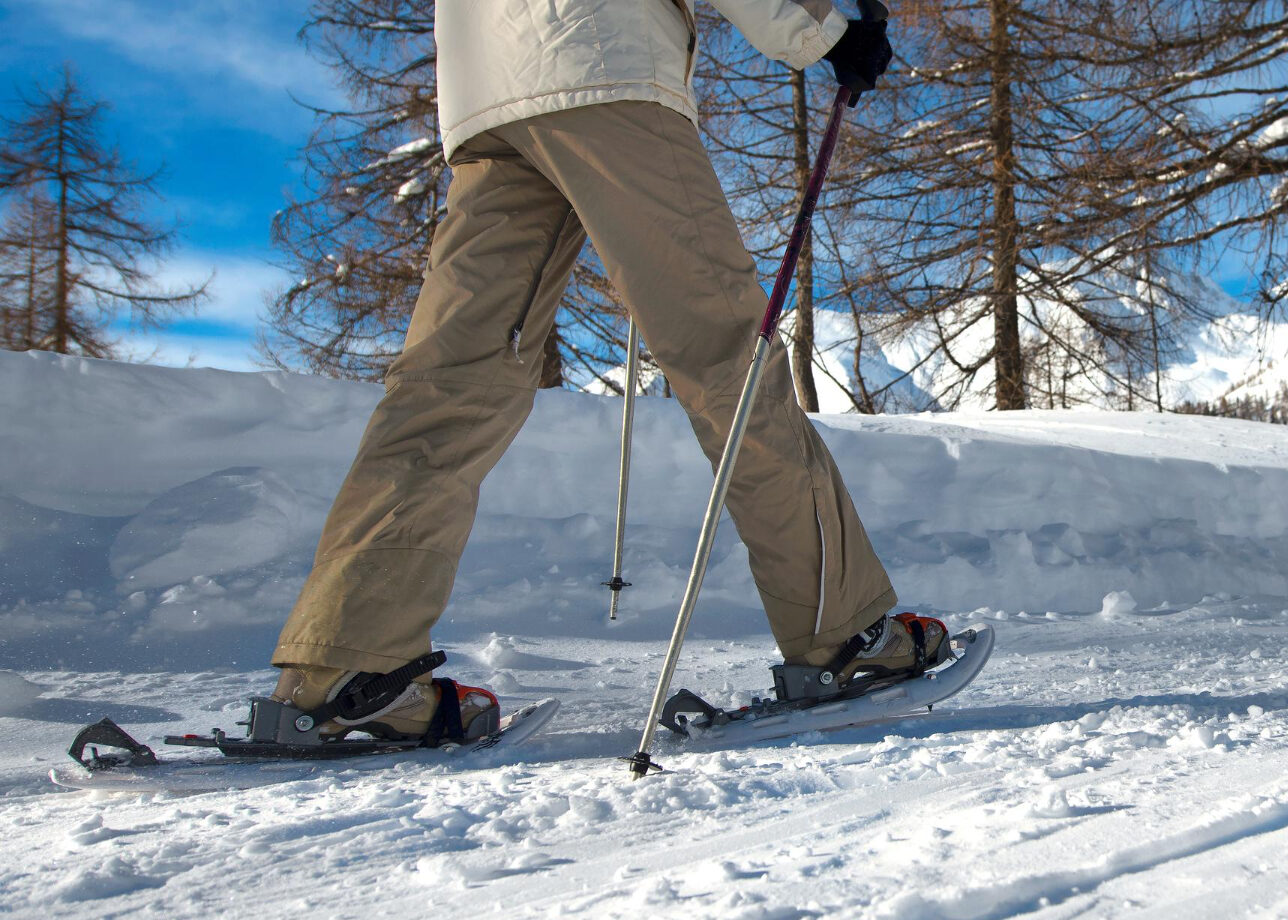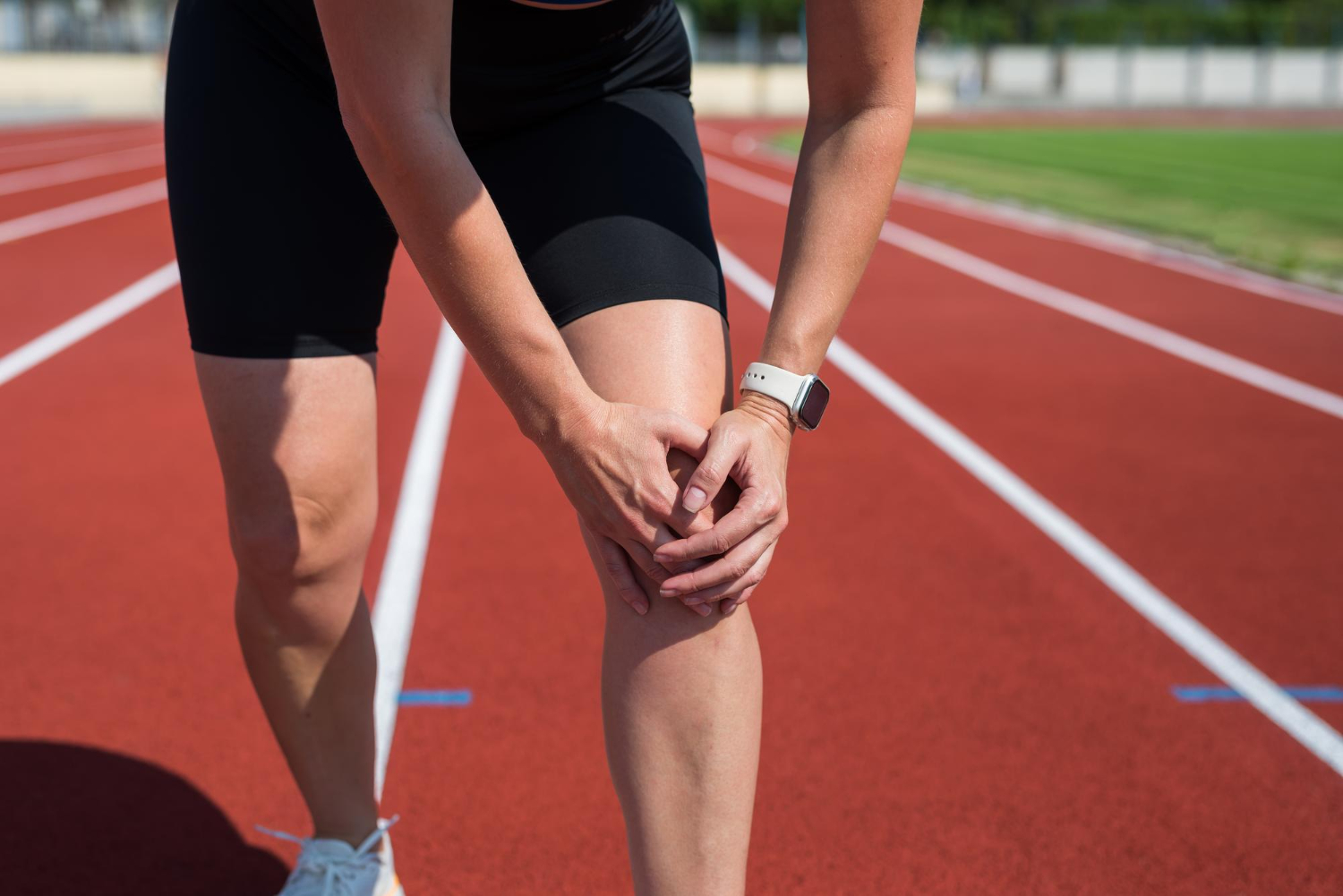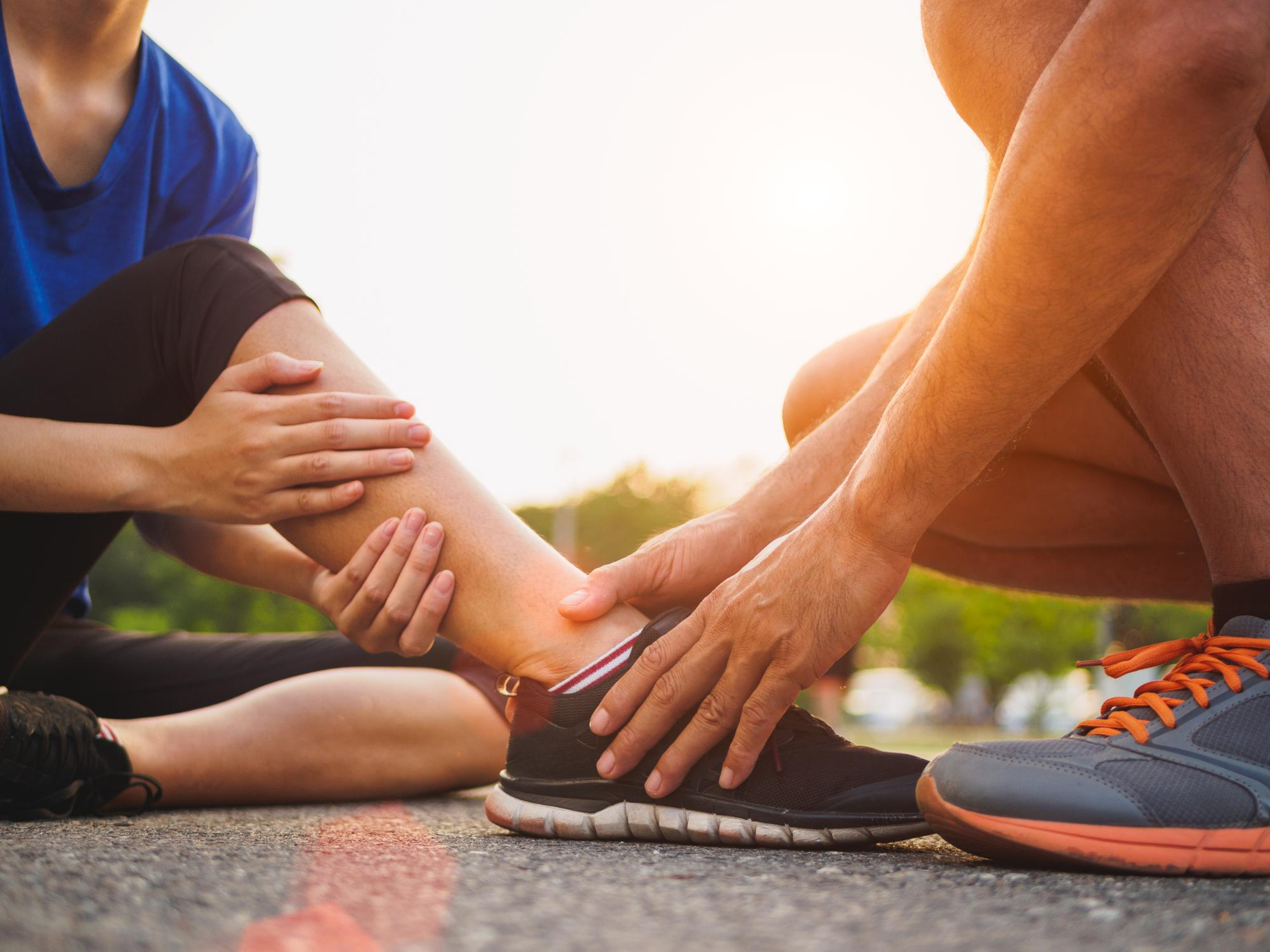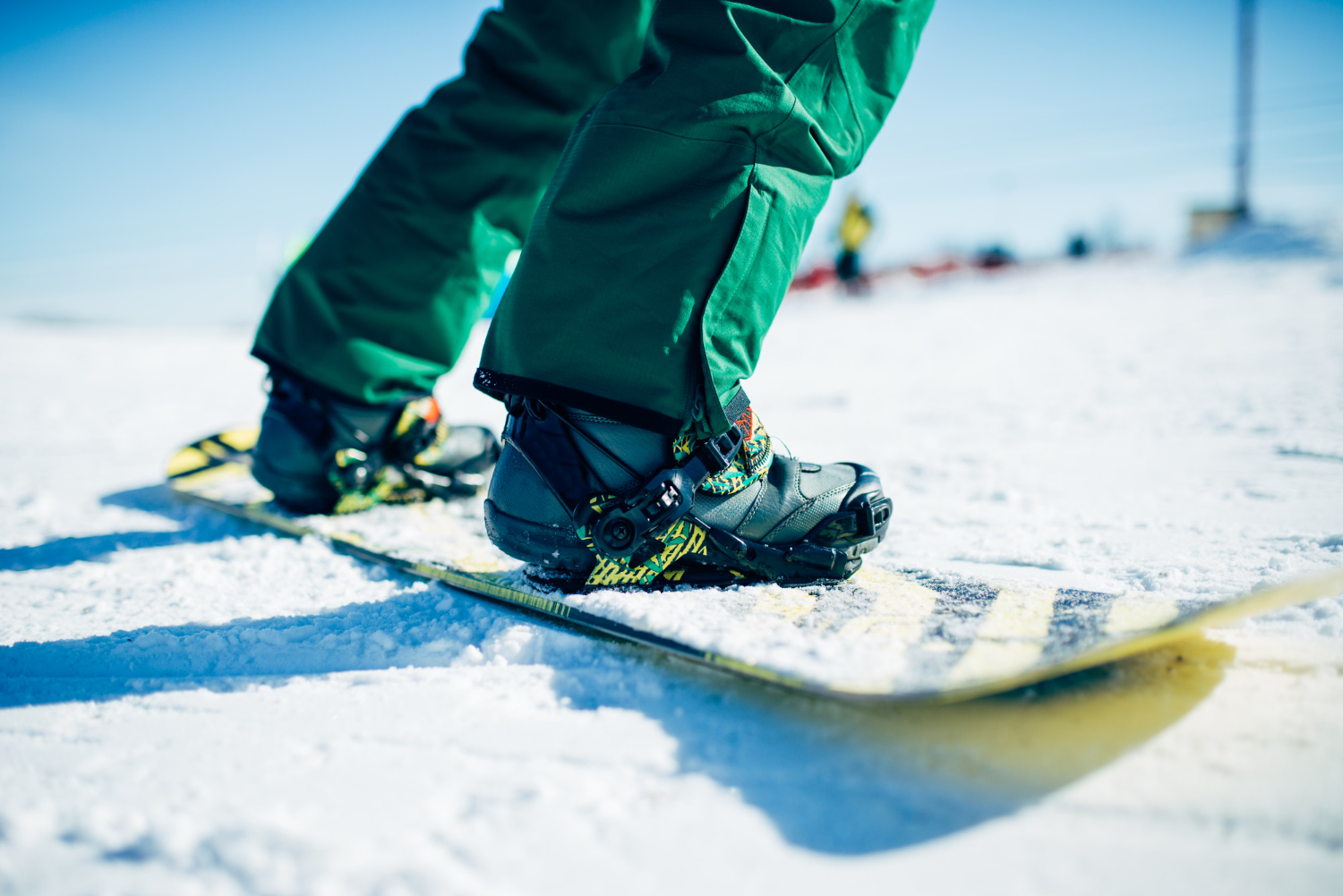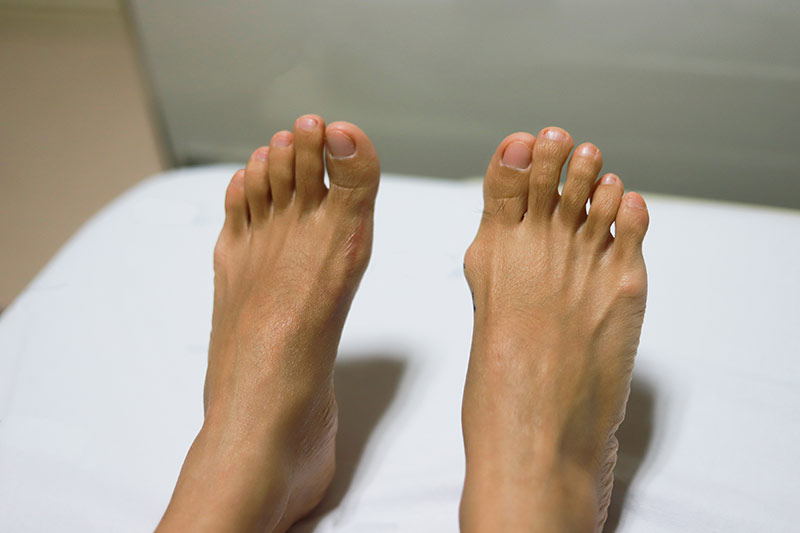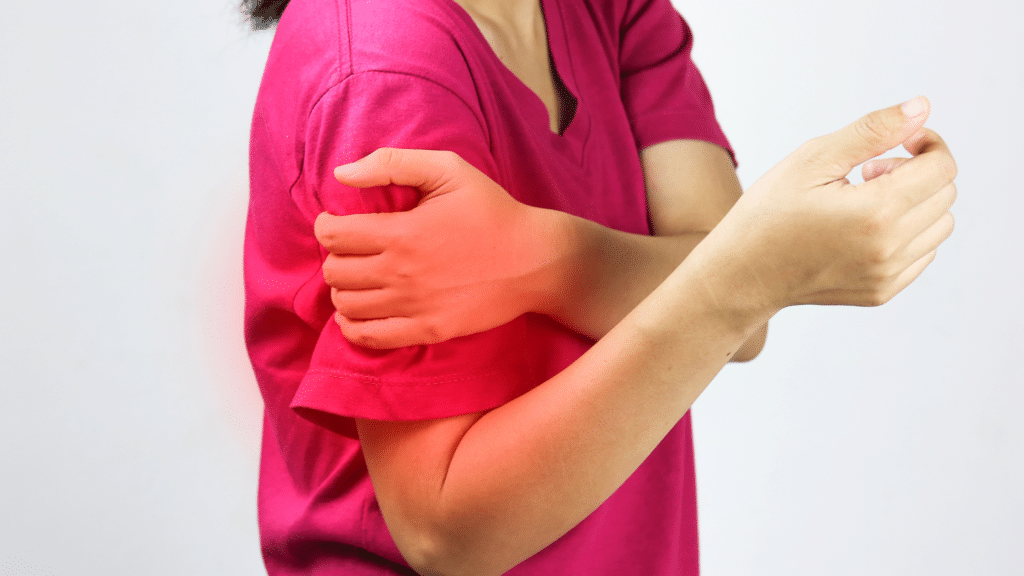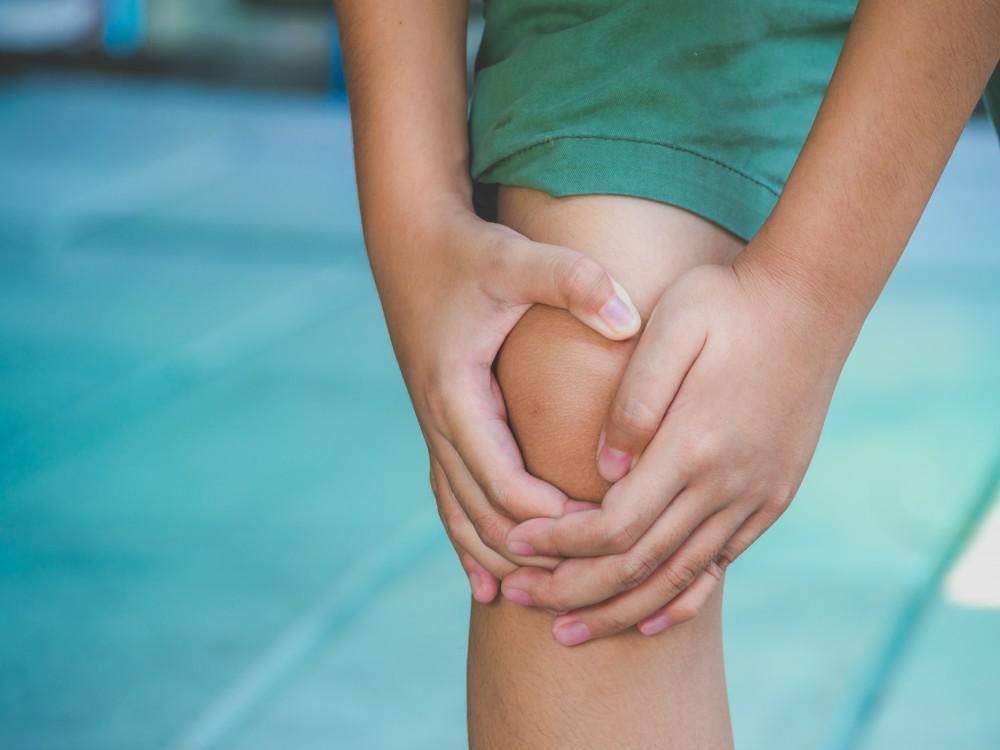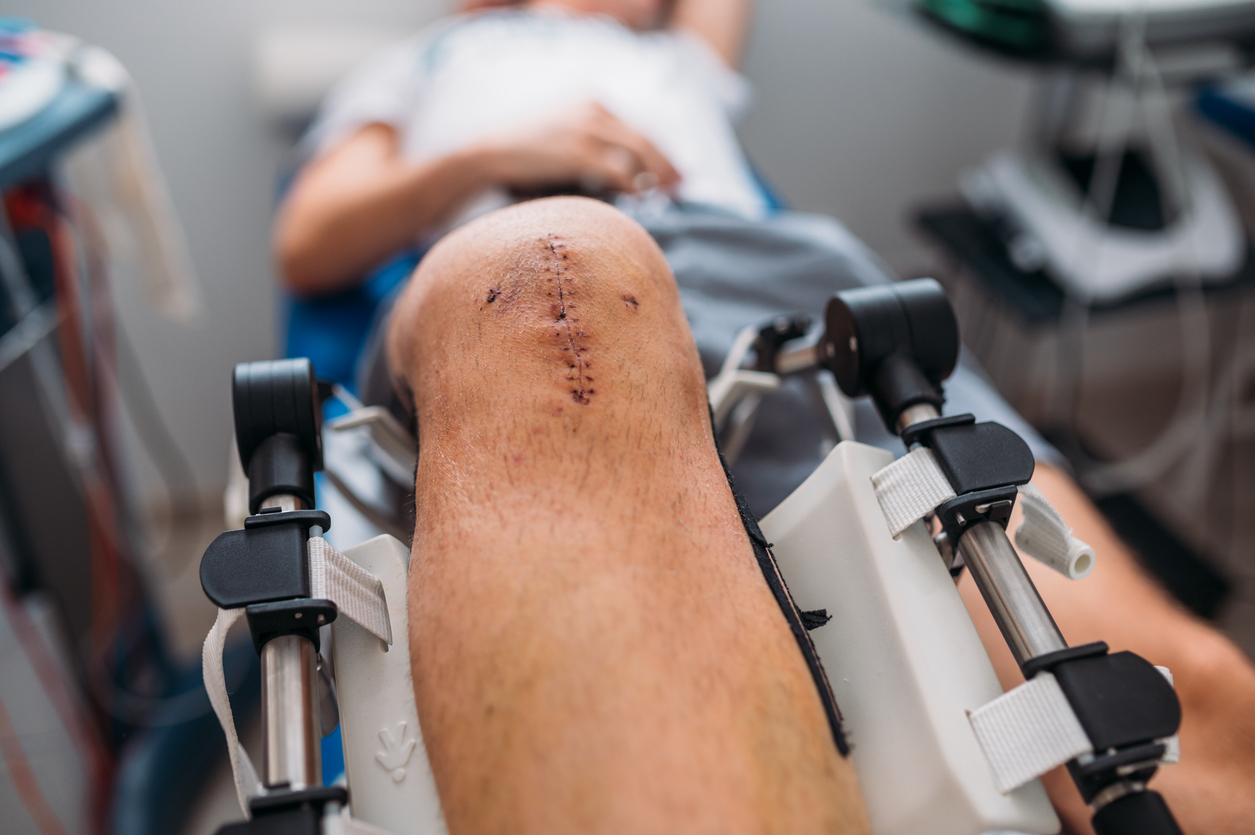Cycling is a fantastic way to stay fit, explore the outdoors, and clear your mind. But like any physical activity, it comes with its risks, especially if you’re not careful. To keep you pedalling smoothly, let’s talk about five common cycling injuries and how you can prevent them.
Knee Pain
One of the most frequent complaints among cyclists is knee pain. It often stems from improper bike fit or pushing gears that are too high. To avoid this, make sure your bike is adjusted correctly. Your knee should have a slight bend at the bottom of the pedal stroke. Also, don’t be afraid to shift to an easier gear when climbing hills to reduce strain on your knees.
Lower Back Strain
Spending hours hunched over your handlebars can lead to lower back discomfort. To prevent this, focus on maintaining a neutral spine position while riding. Engage your core muscles to support your back, and occasionally change your hand position on the handlebars to vary the stress on your spine. Incorporating core-strengthening exercises into your routine can also help build resilience in your back muscles.
Wrist and Hand Discomfort
Gripping the handlebars tightly for extended periods can cause numbness, tingling, or pain in your wrists and hands. To alleviate this, make sure your bike’s handlebars are at a comfortable height and distance from your body. You can also try using padded gloves to absorb some of the vibrations from the road. Additionally, periodically shake out your hands and shift your grip while riding to promote blood flow.
Saddle Sores
Long rides can sometimes lead to uncomfortable saddle sores. To prevent this, invest in a quality pair of cycling shorts with padding in the right places. Ensure your saddle is properly positioned and that it fits your anatomy well. If you’re prone to saddle sores, consider using chamois cream to reduce friction and irritation. Lastly, make sure to keep your skin clean and dry, especially after a ride.
Road Rash
Accidents happen, and road rash is a common injury among cyclists who take a spill. While you can’t always prevent accidents, you can reduce their severity by wearing appropriate protective gear. Always wear a properly fitted helmet to protect your head in case of a fall. Additionally, consider wearing elbow and knee pads to minimise abrasions if you do end up sliding across the pavement.
Prevention Tips
Proper Bike Fit – Ensure your bike is adjusted to fit you correctly. This includes saddle height, saddle position, handlebar height, and reach. A professional bike fit can help dial in these adjustments for optimal comfort and performance.
Stretching – Incorporate stretching into your pre-ride routine to loosen up tight muscles and improve flexibility. Focus on areas like the quadriceps, hamstrings, calves, lower back, and shoulders.
Strengthening Exercises – Build strength in key cycling muscles, such as the quadriceps, hamstrings, glutes, core, and upper body. Exercises like squats, lunges, planks, and rows can help improve muscle balance and stability.
Protective Gear – Invest in quality protective gear, including helmets, gloves, padded shorts, and reflective clothing. These items can help mitigate the impact of falls and improve visibility on the road.
When to Seek Professional Help
While preventive measures can go a long way in keeping you safe on the road, there are times when it’s essential to seek professional help. If you experience any of the following symptoms, don’t hesitate to consult an orthopaedic specialist:
- If you have persistent pain that doesn’t improve with rest or self-care measures, it’s important to get it checked out. Ignoring pain can lead to further injury and prolonged recovery time.
- Difficulty moving a joint through its full range of motion can indicate an underlying issue. A professional can assess the problem and recommend appropriate treatment to restore mobility.
- Swelling, redness, or inflammation around a joint or muscle should not be ignored. These symptoms can indicate an injury or inflammation that requires medical attention.
- Numbness or tingling in your hands, wrists, feet, or other body areas can be a sign of nerve compression or damage. To prevent further complications, prompt evaluation by a healthcare professional is necessary.
- If you have difficulty bearing weight on a limb or if you experience instability while walking or cycling, it’s important to seek medical attention. These symptoms could indicate a serious injury that requires immediate treatment.
If you experience persistent pain or discomfort despite taking preventive measures, don’t hesitate to seek assistance from an orthopaedic specialist. They can assess your condition, provide personalised recommendations, and offer treatments to address underlying issues. Early intervention can help prevent minor injuries from becoming more serious problems, allowing you to continue enjoying the sport you love.
Cycling is a wonderful activity that offers numerous health benefits, but you must take steps to prevent common injuries. With proper bike fit, stretching and strengthening exercises into your routine, and wearing the right protective gear, you can enjoy cycling safely and comfortably for years to come. So, saddle up, ride smart, and enjoy the journey!

